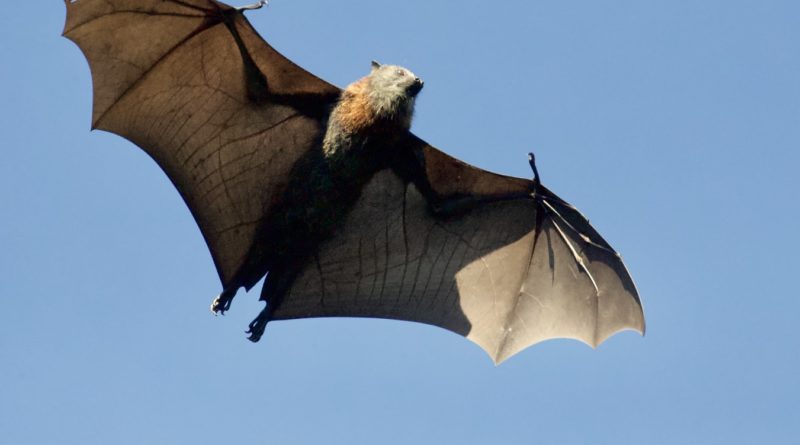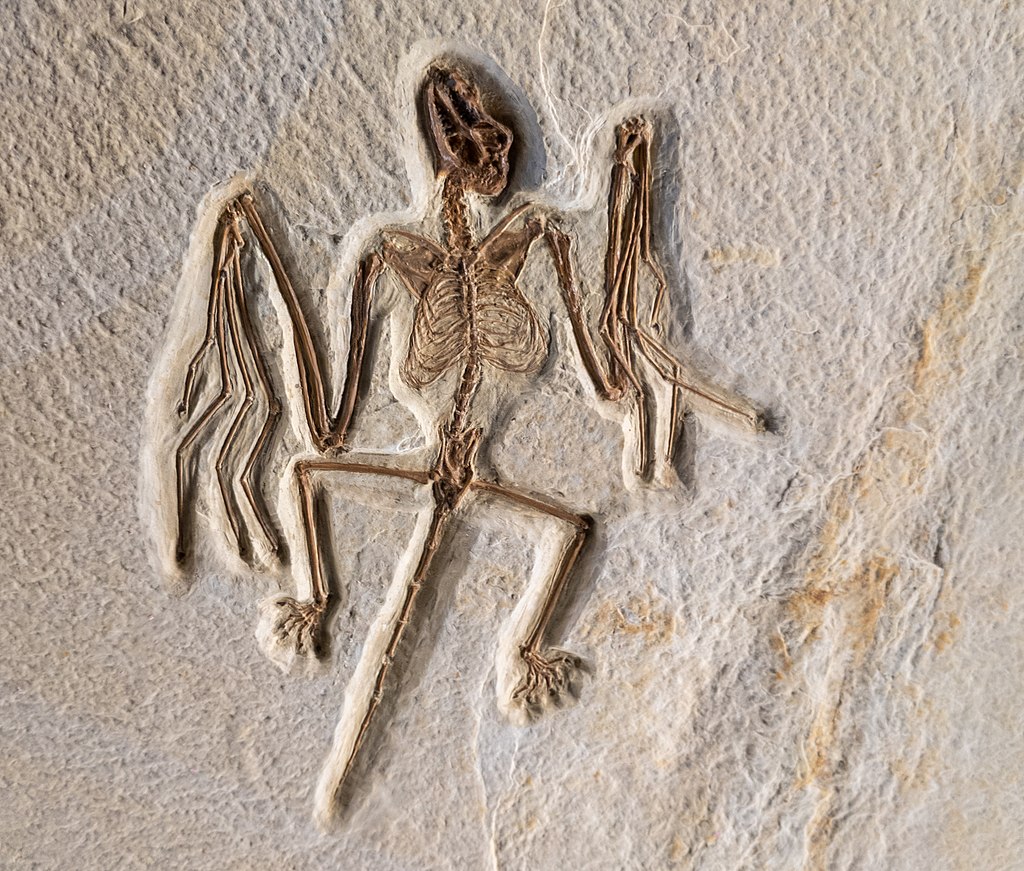WHY BATS HAVE SO MANY VIRUSES?
Bats, which constitute about 20% of 6495 mammal species and have the greatest number of species after rodents, have spread all over the world. Undoubtedly, this is because they are the only mammal that can fly.
if you are the only species flying in the mammal class, this will give you a great advantage. There are two possible reasons why bats evolved to fly; The first is to escape their predators by flying, and the second is to hunt flying insects. Thanks to this ecological niche, bats have spread all over the world. because there are no other mammal rivals flying.
Onychonycteris, the oldest known bat, tells us how the bat evolved to fly.
O. Finney had well-developed wings and could fly, but lacked the expanded cochlea of all existing ecological bats. This shows that early bats could fly without echolocation. Bats with growing wings gained better flying abilities during the evolutionary process.
This success of bats creates a problem for humans. Studies have found that bats carry a total of 137 viruses and 61 of them are zoonotic. The zoonotic diseases of bats are; rabies, ebola, sars, mers, nipah, hendra, marburg, and sarscov2.
So why are these viruses not making the bats sick?
Body temperature of bats whilst flying can reach 40 degrees, and this high temperature prevents viruses from reproducing and causing disease in bats. According to Cara E Brook’s study, the immune system response of bats was found to be much faster than monkeys. As the fast response in bats called the interferon pathway is not present in humans, high virulence makes people sick. In other words, viruses that strengthen in bats cause disease in the weak human immune system.
The rapid immune system response that suppresses inflammation leaves the bat vulnerable to fungal infections during hibernation. white-nose syndrome
According to a study investigating the relationship between coronavirus strains and bats “We found that for the most part, each of the different genera of families of bats for which coronavirus sequences were available had their own strains, Moreover, based on the evolutionary history of the different bat groups, it is clear that there is a deep coexistence between bats and their associated coronaviruses,” says Goodman
Bats have very important duties in nature; to pollinate flowers and consume pests, they Provide diversity in the forest with the dispersal of fruits. As people begin to enter the habitat of bats more, this type of disease is more likely to spread. Homosapiens, not bats, are guilty of spreading diseases such as Covid19 that disrupt the balance of the ecological system.
Sources;
https://www.nature.com/articles/nature06549
https://www.ncbi.nlm.nih.gov/pmc/articles/PMC4012789/
https://elifesciences.org/articles/48401
https://www.nature.com/articles/s41598-020-63799-7




